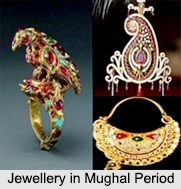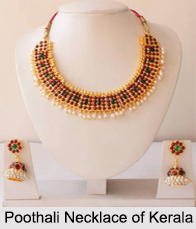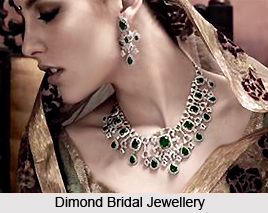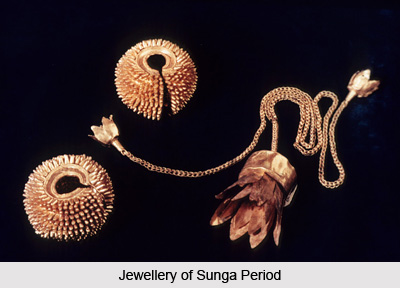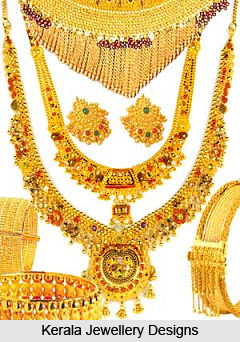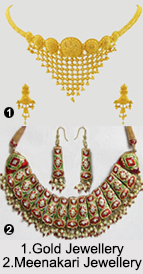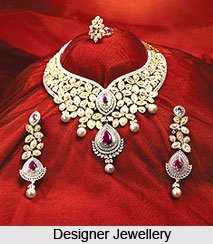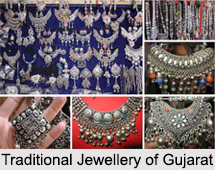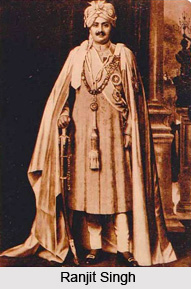 Indian cricket team played in England for the first time in the year 1886. The beacon fire, a boy of fourteen, of the game in that country and in the world of cricket, was at the time busy practicing his cover-drive in the princely state of Nawanagar in Kathiawar. Ranjitsingh, adoringly known as `Ranji`, was to later become the Maharaja of Nawanagar.
Indian cricket team played in England for the first time in the year 1886. The beacon fire, a boy of fourteen, of the game in that country and in the world of cricket, was at the time busy practicing his cover-drive in the princely state of Nawanagar in Kathiawar. Ranjitsingh, adoringly known as `Ranji`, was to later become the Maharaja of Nawanagar.
In 1892, he went to Cambridge University and after completing his studies continued to pursue what he loved best cricket. From 1899 to 1903, he played for England, captained Sussex, and soon came to be known as the `Prince of Cricket. Acerbic a glamorous, magnetic figure possessor, as he stood at the wicket, his silk shirt fluttering gracefully in the cool English breeze. He had already ranked fifth in the national averages by 1897. Between 1895 and 1904 his annual score exceeded a thousand runs and it seemed that he could never have a disappointing season.
In 1906, a modern and cultured ruler who was very fond of Jewels, Ranjitsingh became Maharaja of Nawanagar. The emerald collection of Nawanagar was incomparable in the world and Cartier is said to have added to it a necklace of 17 rectangular emeralds including a 70-carat gem. This ornament once belonged to a Turkish sultan, along with two turban ornaments with a 56-carat and a 39-carat emerald, and a two-string emerald-bead necklace.
In 1930, the Queen of Holland diamond first caught Ranjitsingh`s consider.
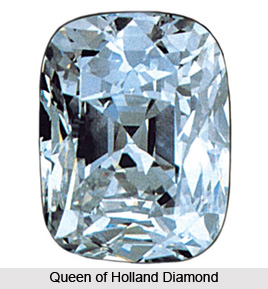 The Dutch jewellery firm, F FRIEDMAN & CO, who had also cut it, then owned this 136.25-carat gem Named after Holland`s Queen Wilhelmina. This white and flawless lovely stone was discovered at Golconda and the Gemological Institute of America later designated it as `intense blue` because of its blue color. It is considered as the second largest diamond to be classified by the institute as D-flawless, the highest grade in colour and clarity, till date, the largest one being the South African Premier Rose, weighing 137.02 carats.
The Dutch jewellery firm, F FRIEDMAN & CO, who had also cut it, then owned this 136.25-carat gem Named after Holland`s Queen Wilhelmina. This white and flawless lovely stone was discovered at Golconda and the Gemological Institute of America later designated it as `intense blue` because of its blue color. It is considered as the second largest diamond to be classified by the institute as D-flawless, the highest grade in colour and clarity, till date, the largest one being the South African Premier Rose, weighing 137.02 carats.
During his days in London, Ranjitsingh had his court jeweler contact Albert Monnickendam, who has power on diamonds. Maharaja invited Monnickendam to his sumptuous home at Staines. It is situated just outside London. Ranjitsingh led him into a large room covered with crisp, afternoon light after a pleasant lunch. He asked his servant to fetch him his jewel box. When the big gold box was brought in and Ranjitsingh opened it, illuminating the dazzling stone set in a pendant. Before purchasing it he wanted Monnickendam`s opinion on the diamond. Monnickendam certified it perfect in every way, and as one of the most beautiful diamonds in the world. After that certification Ranjitsingh told his guest that the gem had once been part of the crown jewels of Russia.
In due course Ranjitsingh bought the Queen of Holland and had it set in a splendid necklace. The breathtaking diamond that actually created the necklace, and referred to it as "a really superb realization of a connoisseur`s dream" mesmerized Jacques Cartier.
In the year1933, Ranjitsingh died, and Cartier`s London branch put the diamond up for sale in 1960, having bought it from the royal family. It was then William Goldberg of New York purchased in 1978, who had it recut from its earlier weight of 136.25 carats to 135.92 carats, and soon sold it to another buyer for about $7 million. Now it belongs to Robert Mouawad.
Thus, as inaudibly as it had entered, the Queen of Holland left the shoreline of India. Millions as one of the most magical cricketers the world has ever produced know its celebrated previous owner Ranjitsingh. But perhaps only few people know of his great affinity for jewels and his particular attraction with the stunningly beautiful Queen of Holland diamond.
